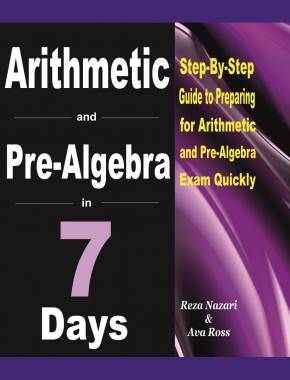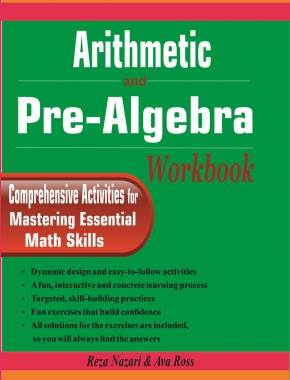How to Solve Arithmetic Series

An arithmetic series is a sequence of numbers in which each term is the sum of the previous term and a constant common difference. The general formula for an arithmetic series is:
\(a + (a + d) + (a + 2d) + … + (a + (n-1)d)\) \(=\) \(\frac{n(a + (a + (n-1)d))}{2}\)
Where:
- \(a\) is the first term of the series
- \(d\) is the common difference
- \(n\) is the number of terms in the series
Related Topics
- How to Solve Arithmetic Sequences
- How to Solve Geometric Sequences
- How to Solve Finite Geometric Series
- How to Solve Infinite Geometric Series
Step-by-step to Solve Arithmetic Series
To solve an arithmetic series, you can use the following steps:
- Identify the first term \((a)\), the common difference \((d)\), and the number of terms \((n)\) in the series.
- Use the general formula of an arithmetic series to find the sum of the series: \(\frac{n(a + (a + (n-1)d))}{2}\)
- If you want to find a specific term of the series, you can use the formula: \(a + (n-1)d\)
For example, if you have an arithmetic series with \(a = 2\), \(d = 3\) and \(n = 4\), the sum of the series is: \(\frac{n(a + (a + (n-1)d)}{2}\) \(=\) \(\frac{4(2 + (2 + (4-1)3))}{2}\) \(=\) \(\frac{4(2 + 2 + 9)}{2}\) \(=\) \(\frac{4(13)}{2} = 52\)
If you want to find the 4th term of the series , you can use the formula: \(a + (n-1)d = 2 + (4-1)3 = 2 + 3 = 5\)
Arithmetic series are widely used in various fields such as finance, science, statistics, and many more.
Related to This Article
More math articles
- Convert Between Improper Fractions and Mixed Numbers
- Number Properties Puzzle – Challenge 8
- The Ultimate GED Math Course [Updated for 2024]
- FREE 5th Grade MAP Math Practice Test
- How much Does It Cost to Retake the CBEST Test?
- How to Classify Polygons: A Step-by-Step Guide to Shape Identification
- Top 10 CBEST Math Practice Questions
- Top 10 Tips You MUST Know to Retake the SSAT Math
- Full-Length 8th Grade FSA Math Practice Test-Answers and Explanations
- Top 10 Tips to Create a CLEP College Mathematics Study Plan

















What people say about "How to Solve Arithmetic Series - Effortless Math: We Help Students Learn to LOVE Mathematics"?
No one replied yet.